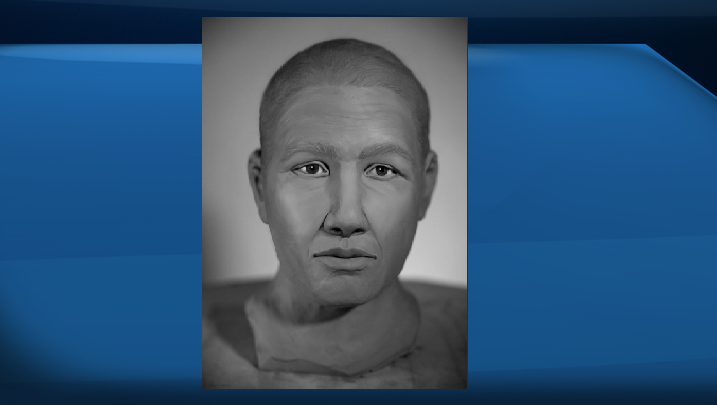The public can help solve a missing persons case through a unique partnership between the Nova Scotia Medical Examiner Service, RCMP, National Research Council and New York Academy of Arts, according to a Nova Scotia government announcement on Tuesday.

A human skull found in Digby in September 2019 was one of 15 skulls from Canada that were reconstructed at a New York Academy of Arts forensic sculpture workshop last week.
The skull was discovered on the Sandy Cove Beach in Nova Scotia on Sept. 8, and it appears that the remains had washed up onshore. An autopsy indicated that the remains might have been those of a middle-aged man.
Students used clay to create facial reconstructions that were photographed and placed on Canada’s Missing, the national public website that features information on missing children, missing persons and unidentified remains cases.
Facial reconstruction is a method used to identify unknown missing persons after traditional identification methods such as fingerprinting and DNA testing fail to provide a result.
- Arrest made after police issue emergency alert about ‘dangerous man’ in Bible Hill, N.S.
- Grandparent scam: Canadian seniors with landline phones targeted, out about $2.2 million
- 3-year-old Elijah Vue still missing: Man pleads not guilty to child neglect
- Closing arguments presented in Michael Gordon Jackson abduction case
A photo of the reconstruction of the human skull in Digby has been posted on the Canada’s Missing website. The province stated that anyone who may have information about who this person is asked to contact the Nova Scotia Medical Examiner Service, Digby RCMP or Crime Stoppers.
Individuals may also wish to send an email to the National Centre for Missing Persons and Unidentified Remains.

“We’re hoping that this reconstruction may help identify who this person was,” said Attorney General and Minister of Justice Mark Furey. “Seeing a face may prompt people to recall important information that could help identify this individual and solve their case.”
In late 2019, the National Research Council made its way to Nova Scotia to perform a 3D scan of the skull found in the province. The scan was then printed and later turned over to the RCMP’s National Centre for Missing Persons and Unidentified Remains, which is leading the co-ordination of the facial reconstruction initiative.
“This partnership offers a unique opportunity for Canadians to take part in helping give these individuals a name. I encourage Nova Scotians to view the photo and where appropriate, submit a tip. Your contribution could help solve a mystery and help provide closure for families,” Nova Scotia chief medical examiner Dr. Matthew Bowes said in a press release.
According to the government, while this skull was found in the province, it does not mean the individual was a resident of Nova Scotia.
The 15 skulls were selected based on their condition, the province said. No considerations were given to gender, race or circumstances of death.




Comments